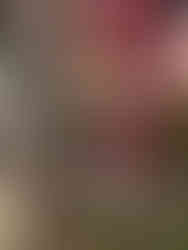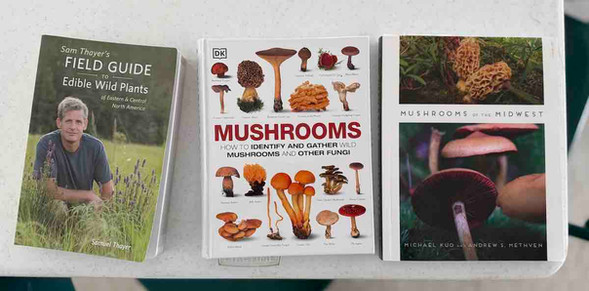Mushroom Foraging Hike & Cooking Class
- DC Sustainable Living
- Oct 23
- 3 min read
Updated: Oct 24

Giant Puffball, Hen of the Woods, Chanterelle, Purple Licaria, Artist's Conk, Oyster, and a Jack o' Lantern mushroom that glows in the dark are some of the specimens we found on our short walk through Stanley Eddy Memorial Park on the afternoon of September 28. We were very fortunate both in our discoveries and the gorgeous weather. To be completely honest, I have to admit I had not caught the mushroom foraging bug yet before our mushroom events this year. This type of event was suggested by other community members and was one of our most popular suggestions in a survey conducted last fall. I did not know yet what others were so excited about and lacked experience and confidence, afraid I would not be able to properly identify an edible mushroom. But after a couple of hikes with Olena Johnson, aka "the Mushroom Lady," I learned that just touching mushrooms won't hurt you, and once you learn some things, like what trees and conditions to look for, mushroom foraging can be incredibly rewarding and enjoyable. Now I cannot wait until next spring and summer to explore our local parks and forage again!

Some of those things we learned on our hikes with Olena included:
Where one kind of mushroom grows, you know conditions are ripe for other kinds as well
Certain kinds of mushrooms grow on certain kinds of trees or other types of locations like the forest floor (Giant Puffball and Chanterelles). Hen of the Woods (aka Maitake) typically grows at the base of old Oak trees. Morels typically grow underneath dead or dying Elm trees
When you find a tree likely to have mushrooms, circle the tree to look around the whole tree
Never eat a mushroom you are not 100% positive with your identification
Wild mushrooms should always be cooked before eating
You need to ingest a toxic mushroom for it to cause you harm
Many mushrooms will grow in the same spot again year after year if the conditions are right
There are many details you should check to properly identify a mushroom - its habitat, season, shape, size, color, texture (is it firm or spongy, slimy, dry, or scaly), underside (does it have gills, pores, teeth, or is it smooth?), markings (does it have spots or stripes), inside (true Morels should be hollow from cap to stem, poisonous false Morels are not), and smell (Oyster mushrooms have a fruity or citrus smell to them), for example
Sometimes you will not find much for edible mushrooms (or any). Other times, like on our last hike, you may find lots!
Use multiple sources for identification, and if you're not 100% sure, check with someone who can be

The cooking demonstration following the hike was fabulous. Olena showed us how to separate the tender parts of a Maitake mushroom from the tougher parts (to be used for making broth). She showed us how she washes the mushrooms using a salad spinner to spin off moisture after washing off dirt and debris with water. She roasted the tender pieces in the oven with some olive oil and salt. These were extremely tasty. It was after sampling these that I really understood why people were so excited about mushroom foraging. The broth she made with the tougher pieces of the mushroom was also very good.
Olena also made a very flavorful broth with a Resinous Polypore mushroom, cut into slices and boiled down to a rich, dark stock.
She also brought some Black Trumpet mushrooms that she sauteed in butter with parsley and later, pasta water. She mixed these in with some noodles.
Class participants got to sample all of the wonderful dishes, also including some buckwheat with carrots, onions, shallots, parsley, and some of the Maitake mushrooms, as well as some instant microwavable Pho with some added Oyster mushrooms. Olena showed us that we can make incorporating mushrooms into meals very simple. The last creation was some mushroom salt that she made simply by adding very small bits of Black Trumpet mushrooms to a large portion of salt (similar to celery salt). Some mushrooms, such as the Maitake, can also be dried and reconstituted in meals later or ground to a powder to add to soups, stews, and other dishes.
What a wonderful couple of events. Thank you again, Olena, for teaching us more about what nature has to offer, how to forage for mushrooms, and some of the many different ways you can enjoy them!
Here also are some book recommendations from Olena and more pictures from the cooking class and our hikes in both the spring and fall!










































































